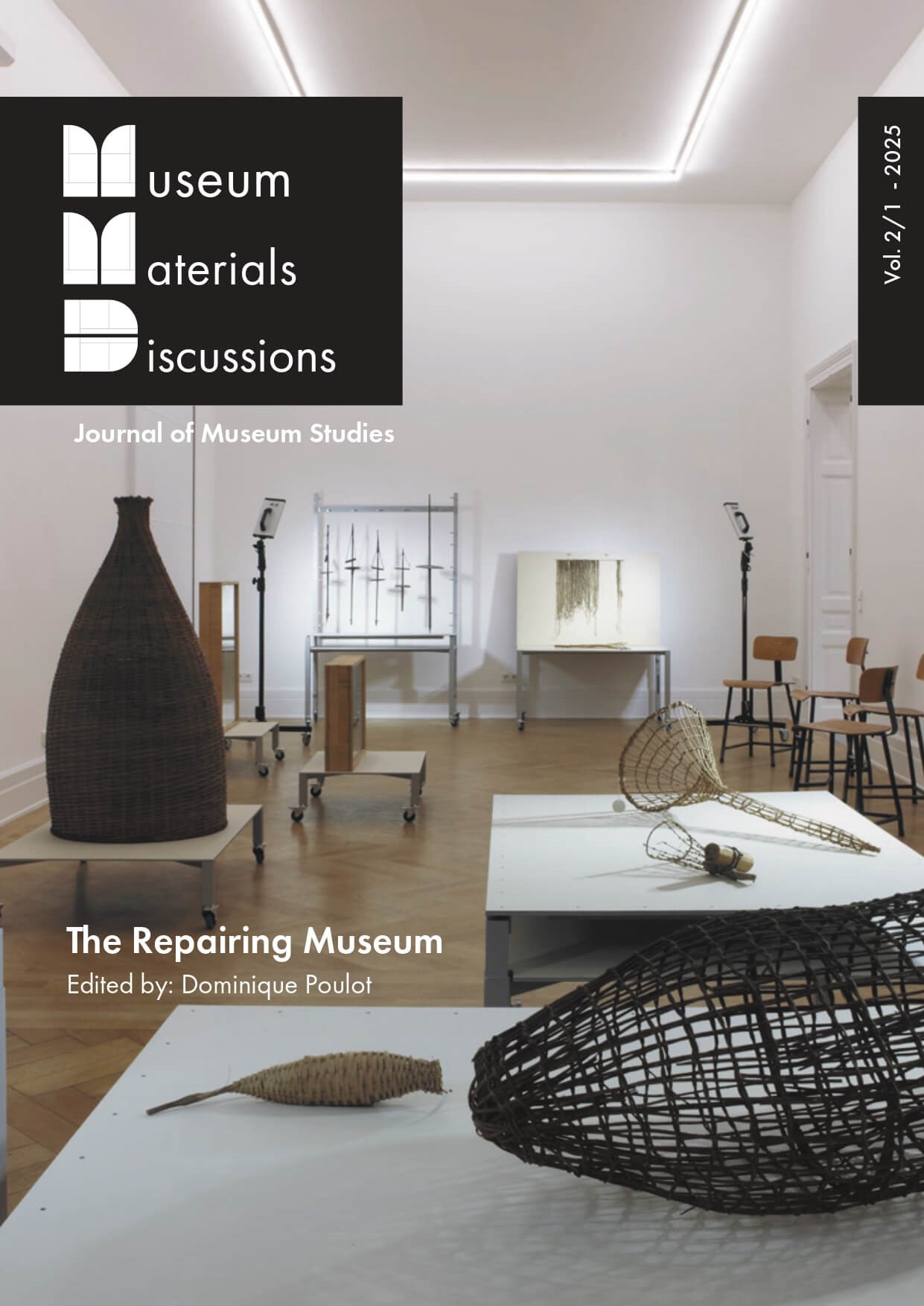Symbol of an era?: The Guggenheim Bilbao as an epitome of new museum tendencies at the turn of the millennium
DOI:
https://doi.org/10.6092/issn.3034-9699/21592Keywords:
Museums, Contemporary art, Urban revitalization, Cultural districtsAbstract
The Guggenheim Bilbao, inaugurated in 1997, soon became the most talked-about museum in the world, a global benchmark characteristically postmodern, for its architecture and its rupture with the introverted modernist canon, recovering all sort of connections with the city. Greater allure, spatial permeability and visual interrelations would be common features of new art museums, with ‘iconic’ artworks decorating their façades and surroundings. It was part of a formula of arts-led urban boosting replicated worldwide, looking for the so-called ‘Bilbao effect’.
This role-model has been broadly emulated but also contested. Perhaps it is about time for a reassessment of its critical reception and for a museological reconsideration of the ‘Bilbao era’, pointing out some controversial issues and idiosyncratic curatorial ‘effects’ in cultural districts. It is a legacy worth keeping, while other features are no longer seen as culturally desirable or politically palatable –to the point that some scholars have coined the term ‘post-Bilbao era’.
Downloads
Published
How to Cite
Issue
Section
License
Copyright (c) 2025 Jesús Pedro Lorente

This work is licensed under a Creative Commons Attribution 4.0 International License.





